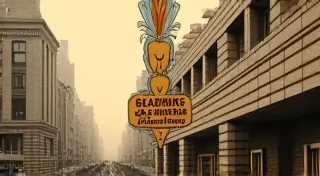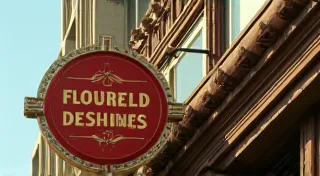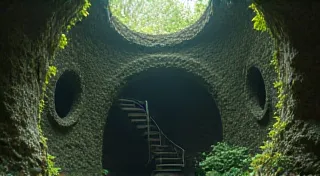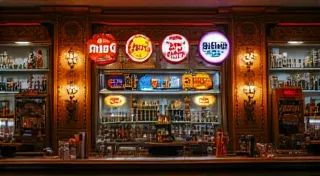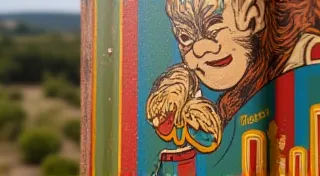Signs of the Soda Fountain: Advertising Sweet Treats
The clinking of glasses, the sweet scent of syrup, and the dazzling displays of colorful advertising signs – the soda fountain was a central hub of American life for generations. These weren't just places to grab a refreshing drink; they were community gathering spots, a testament to a simpler time, and a fertile ground for some of the most iconic advertising signs ever created. Let's explore the vibrant world of soda fountain advertising, from the ubiquitous Coca-Cola to the regional brands that fueled local cravings.
The Reign of Coca-Cola and its Rivals
No discussion of soda fountain signs is complete without mentioning Coca-Cola. Coca-Cola's early marketing strategy heavily relied on placement in soda fountains, and the signs they produced were incredibly effective. From embossed metal signs depicting the classic contour bottle to dazzling cut-out signs and porcelain beauties, Coca-Cola signs are among the most sought-after collectibles today. But Coca-Cola wasn’t alone. Pepsi-Cola, Dr Pepper, Canada Dry, and Vernor’s Ginger Ale all fought for shelf space and visibility, producing their own distinctive advertising signs. The craftsmanship and artistry involved in these early advertisements, and the evolution of advertising sign design more broadly, is a fascinating subject – you might enjoy reading more about the art and history behind vintage advertising sign design for a deeper dive into the creative processes.
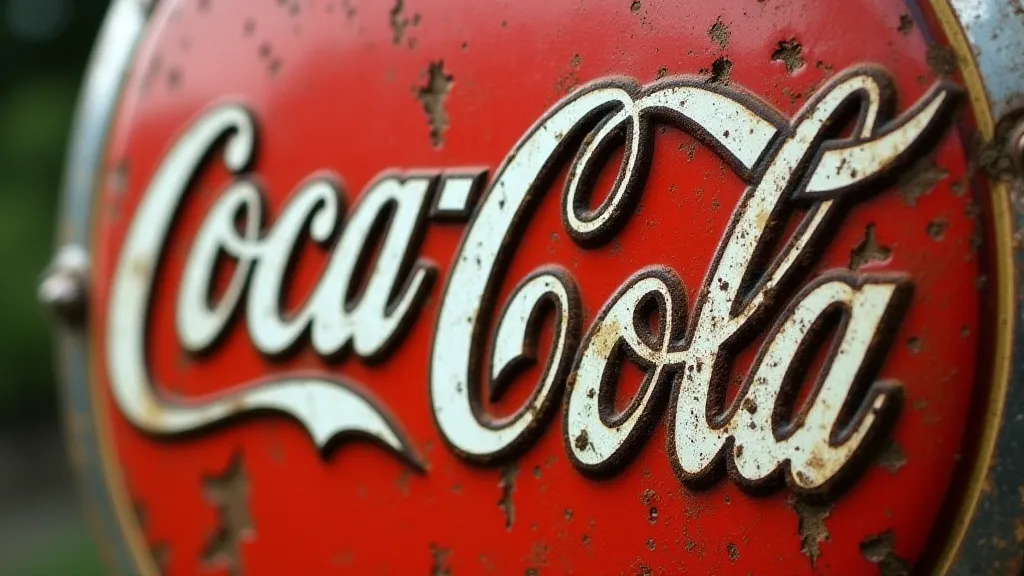
Beyond the Giants: Regional Delights
While the national brands dominated, the real charm of soda fountain signs often lies in the regional brands. Think of the beautifully illustrated signs for Nehi Orange, Moxie, Hires Root Beer, or local bottlers who created unique, memorable advertisements tailored to their communities. These signs often feature playful illustrations, detailed product descriptions, and a genuine connection to the local flavor. Finding and appreciating these signs is like uncovering a lost piece of local history. The materials used in these signs – from cardboard to durable porcelain enamel – contributed significantly to their longevity and collectability. These faded, once-vibrant signs, though often worn by time and weather, hold a peculiar beauty – almost a subversive quality. If you're intrigued by the aesthetic of these aging advertisements, you might find chromatic ghosts: the subversive beauty of faded signage explores the unique charm of these aging billboards and storefronts. For collectors especially, understanding the enduring appeal of porcelain enamel advertising signs is key to appreciating their value and historical significance.
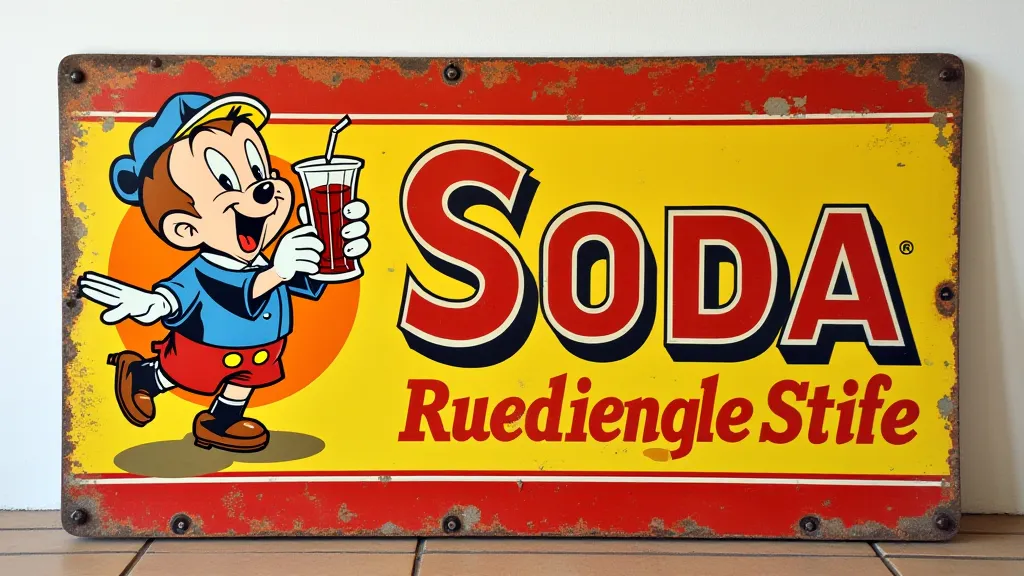
Materials and Styles
Soda fountain signs weren't just about the message; the materials and construction were important, too. Early signs were often made of lithographed cardboard or tin, relatively inexpensive but also fragile. As the industry matured, manufacturers moved to more durable materials like porcelain enamel, embossed metal, and even glass. The transition to materials like porcelain enamel wasn't just about durability; it represented a shift in the overall aesthetic and design possibilities of advertising. The history of porcelain enamel signs is really quite fascinating, showing how innovation drove both the marketing and manufacturing industries.
The styles varied widely, reflecting the artistic trends of the time. You'll find everything from Art Deco geometric designs to hand-painted signs with charming illustrations. Consider the use of color; early lithography often relied on limited color palettes, while later techniques allowed for vibrant, multi-hued displays. The evolution wasn’t just a visual one, but also reflected advancements in printing technology and changing consumer tastes. Think about the impact of the Great Depression – how did advertising signs adapt to a period of economic hardship? Or the rise of post-war consumerism and its impact on design trends?
Collecting Soda Fountain Signs: A Sweet Pursuit
Collecting vintage soda fountain signs is a rewarding hobby that combines history, art, and a dash of nostalgia. Whether you’re drawn to the iconic Coca-Cola signs or the more obscure regional treasures, there's a sign out there to capture your imagination. Condition, rarity, and historical significance all factor into the value of these collectibles. A pristine, original-condition sign from a long-defunct regional brand will almost always command a higher price than a reproduction or a heavily damaged example. Understanding the nuances of these factors requires a dedication to research and a network of fellow collectors. Condition is paramount; a sign with significant rust or fading will naturally have less value than one that's been lovingly preserved.
The world of collectibles extends far beyond soda fountain signs, of course. Beer advertising signs, for instance, are another popular niche with their own passionate following. If you're looking for further exploration into related collections, you might find collecting beer advertising signs quite interesting. Beyond the mere monetary value, many collectors are motivated by a deep appreciation for the craftsmanship and artistry involved in creating these vintage advertisements – a tangible link to a bygone era.
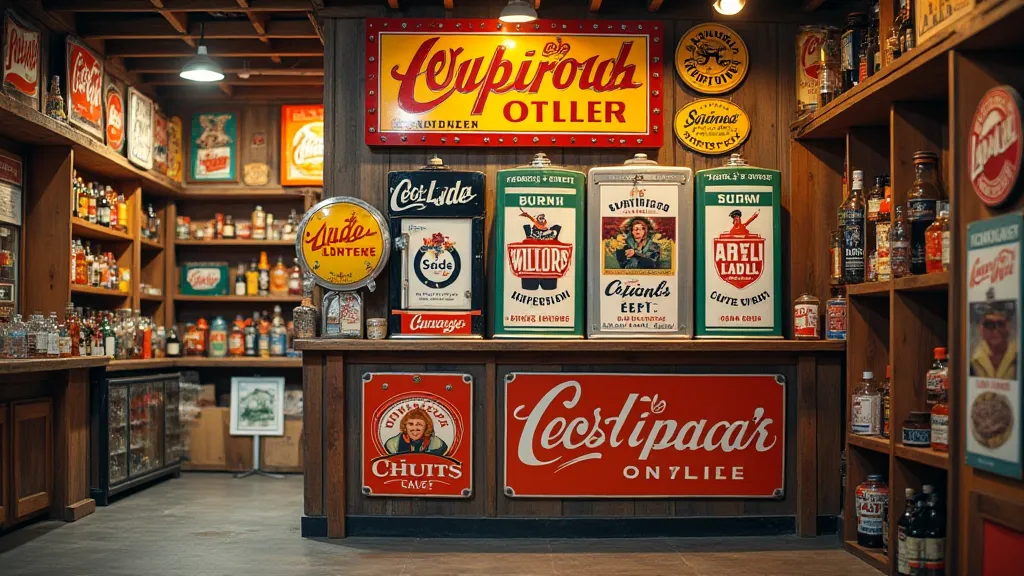
Preserving a Legacy
These signs are more than just advertisements; they're tangible reminders of a bygone era. They represent a time when local businesses thrived, when community gathering places were essential, and when advertising itself was an art form. Many of these signs have survived through sheer luck, escaping the scrap heap and finding their way into the hands of collectors and enthusiasts.
The importance of preservation cannot be overstated. These signs offer a unique window into the past, allowing us to connect with the stories and experiences of those who came before us. They remind us of a time when things moved at a different pace, when relationships were more personal, and when a simple soda fountain could be the heart of the neighborhood. Restoring and maintaining these signs requires a delicate touch; aggressive cleaning can often damage the original paint and degrade the value. It’s a process that demands both technical skill and a deep respect for the sign's history.
Consider the challenges of preservation. Many of these signs are made of fragile materials that are susceptible to damage from the elements. Rust, fading, and cracking are common problems. Restoring a sign requires specialized knowledge and skills, as well as a deep respect for its historical significance. A careless restoration can actually diminish the value of a sign, so it's important to seek out experts who are committed to preserving the authenticity of the original artwork. The subtle nuances of color matching and material replication can make even seemingly straightforward restorations incredibly complex.
Beyond the physical preservation of the signs themselves, it's also important to preserve the stories and memories associated with them. Talk to older community members who remember the soda fountains and the signs that adorned them. Gather their recollections and share them with others. Document the history of the local bottlers and the families who owned the soda fountains. These oral histories are invaluable in understanding the cultural significance of these advertising relics.
The legacy of the soda fountain extends far beyond the delicious drinks and sweet treats that were served there. It's a legacy of community, connection, and a simpler way of life. By appreciating, collecting, and preserving these pieces of history, we can ensure that this sweet legacy lives on for generations to come. The stories associated with these signs are as captivating as the signs themselves, offering a glimpse into a time when local businesses were vital to the fabric of a community.
The design trends evident in soda fountain signs reflect broader cultural shifts. The Art Deco movement, with its emphasis on geometric shapes and streamlined forms, had a profound impact on advertising design. The hand-painted signs of the early 20th century gave way to the mass-produced lithographs of the mid-century, and then to the vibrant, full-color signs of the late 20th century. Each era left its mark on the visual landscape. The transition from elegant, hand-lettered signage to more standardized fonts reflected a broader trend toward mass production and consumerism.
And while the soda fountain itself may be a fading memory in many communities, the advertising signs that once graced their walls continue to captivate and inspire. They are a testament to the power of visual communication, and a reminder of a time when advertising was an art form. The stories these signs tell aren't just about the products they advertised, but also about the people who created them, the communities they served, and the evolving tastes of a nation.

